Credit on how to do this can be found in the comments in this link https://learn.microsoft.com/en-us/aspnet/core/migration/1x-to-2x/identity-2x
Change ApplicationUser to inherit from IdentityUser<int>
Create a new class ApplicationRole that inherits from IdentityRole<int>
Change ApplicationDbContext to inherit from IdentityDbContext<ApplicationUser, ApplicationRole, int>
Change startup.cs for services.AddIdentity to use ApplicationRole
Change UrlHelperExtensions methods to take a generic <T> with T userId in the signature
Change ManageController's LinkLoginCallback's call to
await _signInManager.GetExternalLoginInfoAsync(user.Id.ToString())
Add the following line to the ApplicationDbContext OnModelCreating method (after the base.OnModelCreating call)
builder.Entity<ApplicationUser>().Property(p => p.Id).UseSqlServerIdentityColumn();
If using Guid then replace
builder.Entity<ApplicationUser>().Property(p => p.Id).UseSqlServerIdentityColumn();
with
builder.Entity<ApplicationUser>().Property(p => p.Id).ValueGeneratedOnAdd();
All changes are below
public class ApplicationUser : IdentityUser<Guid>
{
}
public class ApplicationRole : IdentityRole<Guid>
{
}
public class ApplicationDbContext : IdentityDbContext<ApplicationUser, ApplicationRole, Guid>
{
Public ApplicationDbContext(DbContextOptions < ApplicationDbContext > Options): Base (Options)
{
}
protected override void OnModelCreating(ModelBuilder builder)
{
base.OnModelCreating(builder);
// Customize the ASP.NET Identity model and override the defaults if needed.
// For example, you can rename the ASP.NET Identity table names and more.
// Add your customizations after calling base.OnModelCreating(builder);
// For Guid Primary Key
builder.Entity<ApplicationUser>().Property(p => p.Id).ValueGeneratedOnAdd();
// For int Primary Key
//builder.Entity<ApplicationUser>().Property(p => p.Id).UseSqlServerIdentityColumn();
}
}
public void ConfigureServices(IServiceCollection services)
{
services.AddDbContext<ApplicationDbContext>(options =>
options.UseSqlServer(Configuration.GetConnectionString("DefaultConnection")));
services.AddIdentity<ApplicationUser, ApplicationRole>()
.AddEntityFrameworkStores<ApplicationDbContext>()
.AddDefaultTokenProviders();
// Add application services.
services.AddTransient<IEmailSender, EmailSender>();
services.AddMvc();
}
public static class UrlHelperExtensions
{
public static string EmailConfirmationLink<T>(this IUrlHelper urlHelper, T userId, string code, string scheme)
{
return urlHelper.Action(
action: nameof(AccountController.ConfirmEmail),
controller: "Account",
values: new { userId, code },
protocol: scheme);
}
public static string ResetPasswordCallbackLink<T>(this IUrlHelper urlHelper, T userId, string code, string scheme)
{
return urlHelper.Action(
action: nameof(AccountController.ResetPassword),
controller: "Account",
values: new { userId, code },
protocol: scheme);
}
}
....
var info = await _signInManager.GetExternalLoginInfoAsync(user.Id.ToString());
